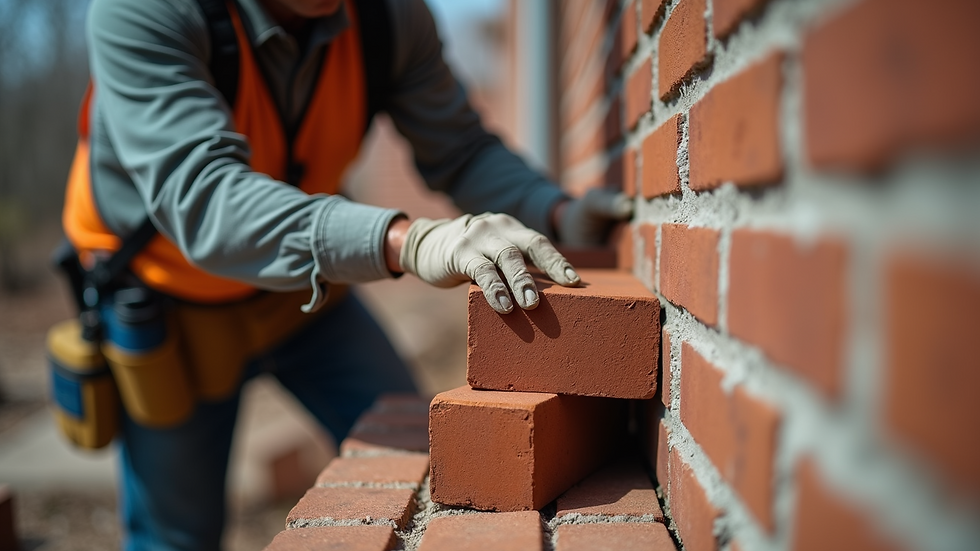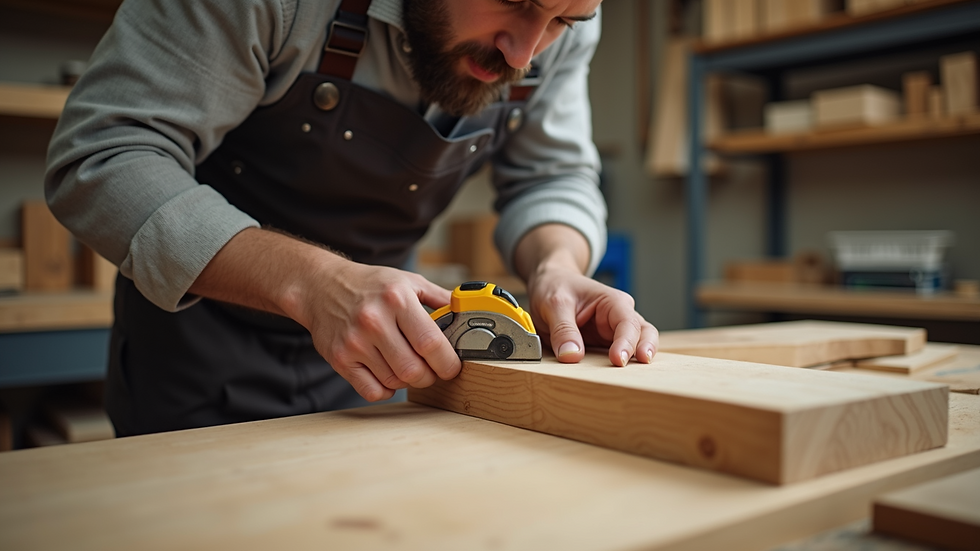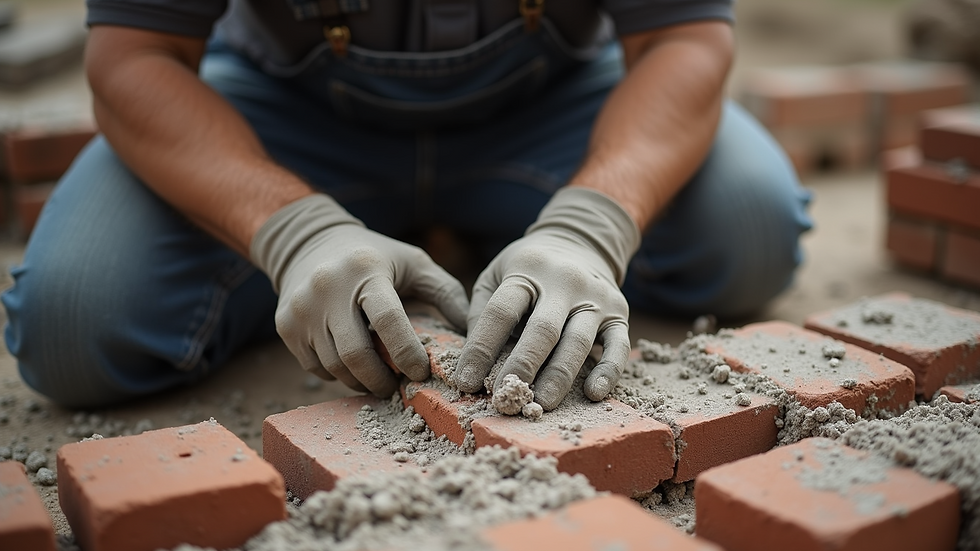High-Quality Craftsmanship: The Heart of Construction Excellence
- Shameera Prefab
- Aug 22
- 3 min read
In the world of construction, the difference between a good project and an outstanding one often lies in the quality of craftsmanship. Every brick laid, every beam secured, and every finish applied contributes to the overall durability, safety, and aesthetic appeal of a building. This is why construction craftsmanship is more than just a skill - it is the foundation of excellence in the industry.
The Role of Construction Craftsmanship in Building Success
Construction craftsmanship involves the skilled work of tradespeople who bring architectural designs to life. It requires precision, attention to detail, and a deep understanding of materials and techniques. When craftsmanship is prioritized, the results are structures that stand the test of time and meet the highest standards of safety and beauty.
For example, consider the difference between a wall built with care and one rushed through. The carefully constructed wall will have even joints, proper alignment, and a finish that enhances the building’s appearance. This level of detail reduces future maintenance costs and increases the building’s value.
Key elements of excellent construction craftsmanship include:
Use of quality materials suited to the project’s needs
Skilled labor with experience and training
Adherence to building codes and safety standards
Thorough inspection and quality control at every stage

Why Construction Craftsmanship Matters More Than Ever
In today’s fast-paced construction environment, there is often pressure to complete projects quickly and within tight budgets. However, sacrificing craftsmanship for speed can lead to costly problems such as structural failures, water leaks, and poor insulation.
Investing in high quality craftsmanship ensures that buildings are not only visually appealing but also durable and energy-efficient. This investment pays off in the long run by reducing repair costs and enhancing occupant comfort.
Moreover, craftsmanship reflects the reputation of construction companies. Builders known for their attention to detail attract more clients and secure better contracts. It also fosters trust with stakeholders, including architects, engineers, and property owners.
Practical recommendations for maintaining high standards in construction craftsmanship:
Hire experienced and certified tradespeople.
Provide ongoing training and skill development.
Use modern tools and technology to aid precision.
Implement strict quality assurance processes.
Encourage collaboration between design and construction teams.

What is the meaning of high craftsmanship?
High craftsmanship refers to the exceptional skill and care applied in creating something that is both functional and beautiful. In construction, it means going beyond the minimum requirements to achieve superior quality in every aspect of the build.
This includes:
Meticulous attention to detail in every task
Mastery of traditional and modern construction techniques
Commitment to using the best materials available
Consistent quality checks to catch and correct errors early
High craftsmanship is not just about aesthetics; it is about creating structures that perform well under stress, resist environmental factors, and provide safety and comfort to occupants.
For instance, a finely crafted wooden staircase will have smooth finishes, perfectly aligned steps, and sturdy handrails that ensure safety and elegance. Such craftsmanship requires patience, expertise, and pride in one’s work.

How to Foster a Culture of Craftsmanship in Construction
Building a culture that values craftsmanship starts with leadership. Project managers and company owners must emphasize quality over speed and cost-cutting. This mindset encourages workers to take pride in their work and strive for excellence.
Steps to foster craftsmanship culture:
Set clear quality standards and communicate them to all team members.
Recognize and reward workers who demonstrate exceptional skill.
Encourage mentorship where experienced craftsmen guide newcomers.
Invest in tools and materials that enable high-quality work.
Promote open communication to address challenges and share best practices.
By embedding these principles into daily operations, construction teams can consistently deliver projects that meet or exceed expectations.
The Future of Construction Craftsmanship
As technology advances, the construction industry is evolving with innovations like 3D printing, drones, and AI-driven project management. While these tools enhance efficiency, the human element of craftsmanship remains irreplaceable.
Skilled craftsmen bring creativity, problem-solving, and adaptability that machines cannot replicate. The future of construction will likely be a blend of technology and traditional craftsmanship, where technology supports but does not replace the artisan’s touch.
To stay relevant, craftsmen must embrace continuous learning and adapt to new methods while preserving the core values of quality and precision.
Investing in construction craftsmanship is investing in the longevity and success of any building project. It ensures safety, beauty, and value that stand the test of time. By prioritizing skilled workmanship and fostering a culture of excellence, the construction industry can continue to build structures that inspire and endure.



Comments